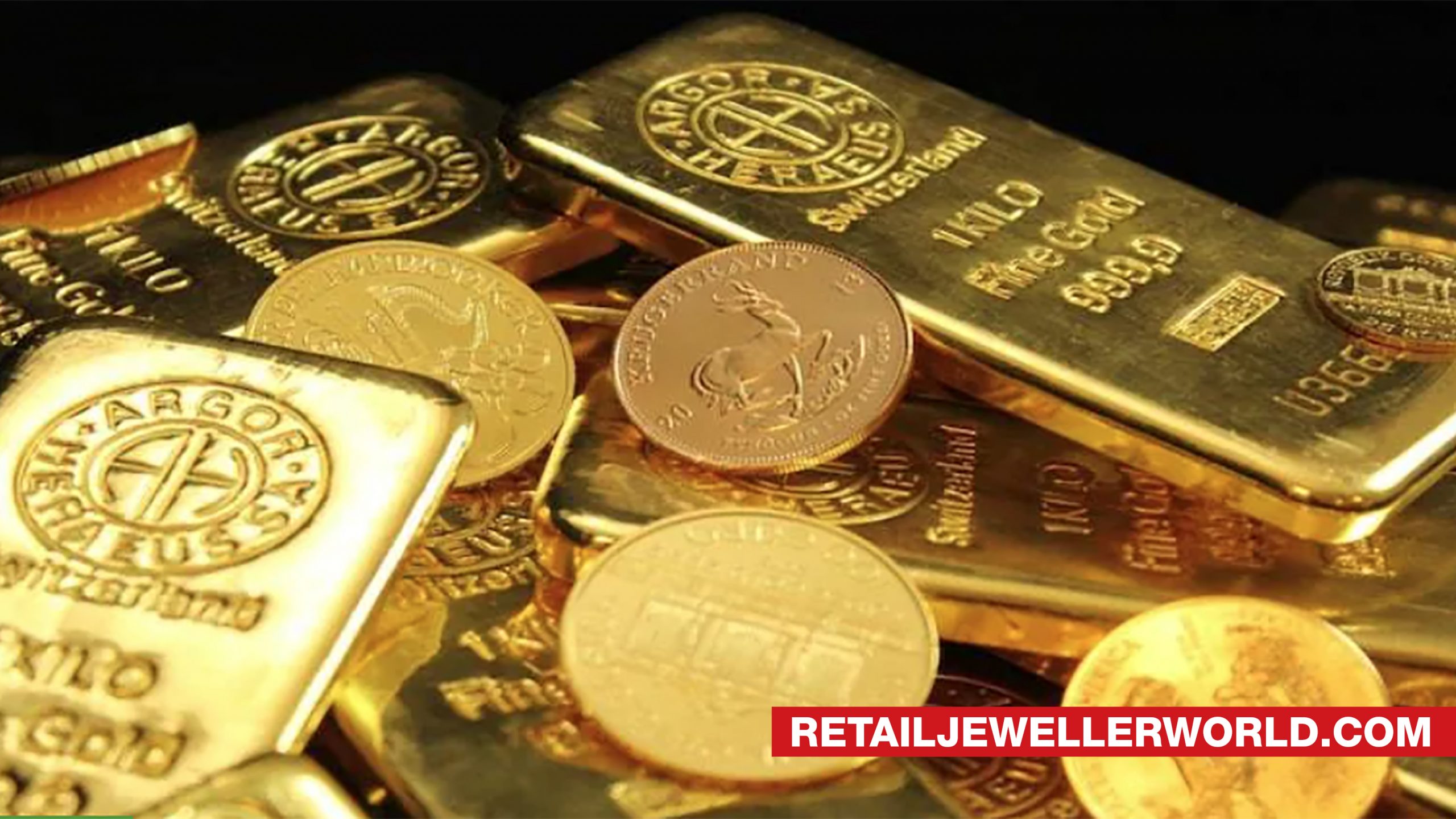Daily News
Dubai gold trade to benefit from India’s plan to import 140 tonnes of gold from the UAE under CEPA

For UAE bullion traders and jewellers who depend on the import of gold ornaments from India, the move to cut 1% import duty is critical and will have a positive impact on boosting the sector
The Government of India’s decision to open a new window for the import of 140 tonnes of gold from the UAE by manufacturers and traders of the yellow metal at a concessional rate under the India-UAE Comprehensive Economic Partnership Agreement (CEPA) during the financial year 2023-24 is expected to give a major fillip to Dubai gold trade. New Delhi announced recently that the gold tariff rate quota (TRQ) would be allocated to old and new applicants as per the revised simpler eligibility norms and lesser compliance burden for Indian importers.
As per the CEPA agreement, which has been in force since May 1, 2022, India can import 140 tonnes of gold in 2023-24 at a 1% duty concession on the applied most favoured nation rate, which is 15%. As per the bilateral trade pact, there is no revenue loss on account of imports under the quota system after changes were made to the eligibility norms.
For the UAE bullion traders and the jewellery trade that depends on the import of gold ornaments from India, the move to cut 1% import duty is critical and will have a positive impact on boosting the sector, particularly when the yellow metal price rose to a record high on May 4, following another 25-basis-point rate hike by the US Federal Reserve.
On May 4, the gold price displayed some correction after posting an all-time high of $2,081.80 per troy ounce after Fed chair Jerome Powell announced that further monetary policy decisions would be highly dependent on incoming data.
Shamlal Ahamed, managing director, International Operations at Malabar Gold & Diamonds, said that the benefits provided by CEPA further enhanced the already robust jewellery retail and wholesale business in the UAE, reinforcing it as the preferred jewellery destination offering the best quality, design options and prices to shoppers, including residents, transit passengers and tourists. “I’m certain that those benefits will increase manifold in the coming years as the officials are constantly taking feedback from the industry to support its adoption and utilization,” said Ahamed.
John Paul Alukkas, managing director, International Operations at Joyalukkas, said: “Primarily, this import agreement shows the strength of the UAE- India trade relationship. Other than this, since this agreement is now open to all manufacturers & traders in the UAE, it becomes more inclusive and hence beneficial for the entire trade in the UAE. I feel this is the beginning of better things to come and am happy and looking forward to more such initiatives to grow the gold and jewellery trade between UAE & India.”
Under the CEPA, the UAE offered immediate zero-duty market access for the export of gold jewellery from India in exchange for a Tariff Rate Quota (TRQ) for gold. The TRQ increased from 110 tonnes in FY23 to 140 tonnes in FY24 and will gradually go to a maximum of 200 tonnes over five years, with only a 1.0% duty concession.
During the May-March 2022-23 period, out of 110 MTs TRQ of gold allocated, only 8.1 tonnes were imported. Following this, the UAE requested India to remove restrictive criteria such allocation of gold to only jewellery manufacturers and to allow all importers to be eligible for availing gold TRQ. India’s total gold imports shrank 24% year-on-year in FY23 to $35 billion.
In accordance with the new decision, the gold TRQ would be allocated to all applicants, both 78 old and new applicants, as per the revised guidelines.
Courtesy: Khaleej Times

















